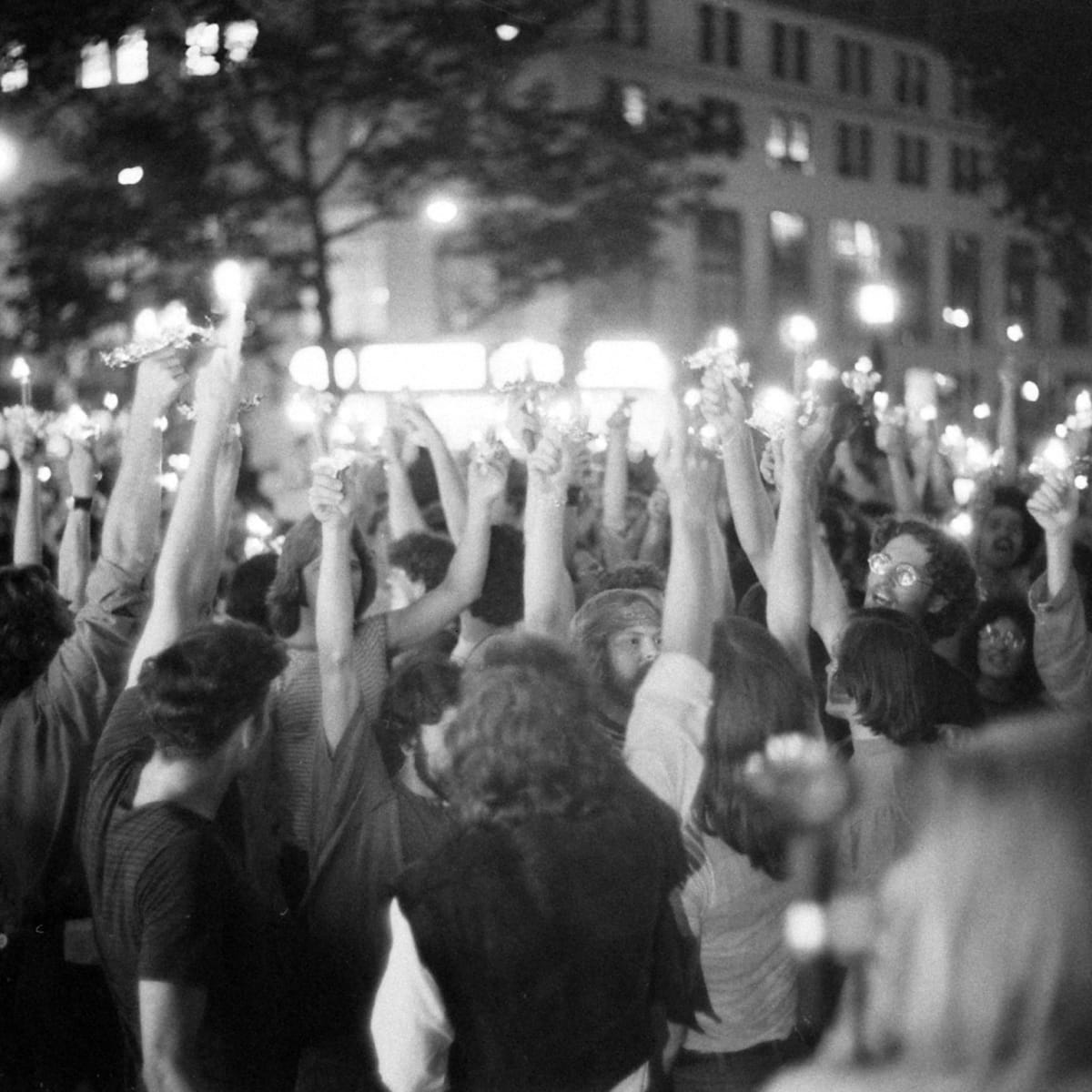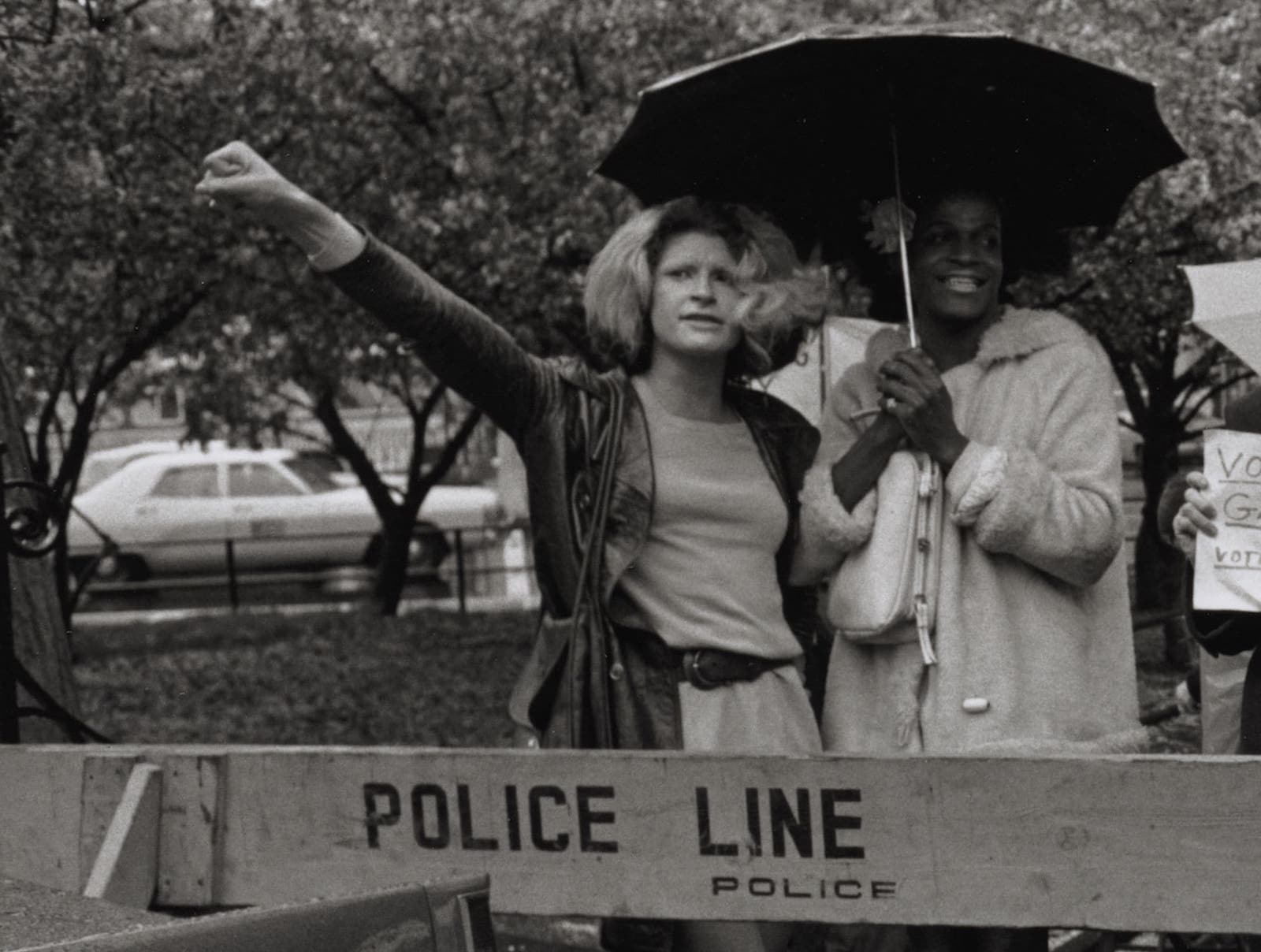
Was Stonewall a riot? Everything to know about the revolutionary protest
Let’s face it – US history classes tend to leave people lacking an actual understanding of the people who came before us. So, it’s no surprise many people are learning about the Stonewall protests for the first time right now as we look to history to understand the protests currently happening in the name of George Floyd.
If you’re looking to understand Stonewall and whether or not they’re considered riots, we’ve put together some facts about the historical event for you. These will likely shed light not only on a part of the country’s past, but also on what’s happening right now.

The atmosphere of the 1960s
History has not been kind to the queer community, and the 60s, while there was some change, were still a terrible time. It was illegal to be gay, and even bars which served members of the LGBT community were shut down in New York City. Despite this, the queer community created their own bars and clubs. This way they had places where they felt safe and could be themselves without fear of someone running to the police.
In 1966 the ability to shut down a bar for serving the queer community would be revoked, however, “gay behavior” was still outlawed. As well as gatherings of the queer community. Even something as little as hand holding could get people in trouble.
This meant that bars would still be raided frequently by police. Understandably this created a tense atmosphere for people who were just trying to be themselves. It took until 2019 for the New York Police to formally apologize for the discriminatory laws they had upheld.

The beginning
A number of gay bars and clubs served alcohol without a liquor license – their bars were already illegal anyway. The Stonewall Inn was one of the safe havens for the queer community in NYC. On the night of June 24th in 1969 police raided the establishment in the name of suspecting the bar didn’t have a license. Multiple employees were arrested and the liquor was confiscated.
This wasn’t the end of it though. They planned to come back and shut the place down permanently. After midnight, thus the earliest hours of June 28th, eight plainclothes officers entered. Two women and six men. They raided Stonewall again, this time not only targeting employees, but anyone who was transgender or “cross-dressing”, because “masquerading” as the opposite sex was also considered a crime.
More officers arrived, as did a police van which they began piling the people arrested into. Due to the emotional and chaotic circumstances, it’s unclear exactly how things escalated, however, first-hand reports say a woman dressed in masculine clothing began to complain her handcuffs were too tight. This encouraged horrified onlookers to start yelling insults at the cops. This turned into throwing pennies and bottles.

Marsha P. Johnson is often credited with throwing the first object, however, she refuted this. She was there, and a large part of the protests, but she said she didn’t arrive until the riot was well underway. While she may not have thrown the first object, she’s credited for climbing a lamppost where she threw a heavy object at a police car’s windshield – breaking it.
A year after the protests Marsha P. Johnson and her friend Sylvia Rose would go on to create STAR, Street Transgender (originally transvestite) Action Revolutionaries. The organization was a street activist organization for people who were gay, gender non-conforming, and transgender.

By four in the morning the group of people was growing and still passionate. When vehicles began leaving in order to take their new prisoners away, the remaining officers were forced to retreat into the bar where they barricaded the door. Backup eventually arrived in the form of more officers and the riot police. Protesters were throwing all kinds of objects at the Stonewall, which was now housing the cops – including trash and Molotov cocktails.
The scene quieted down on its own, however, and nobody was critically hurt or killed.

What happened next
The very next evening the Stonewall Inn reopened (without alcohol), and supporters came in force, with many shouting slogans such as “gay power”. This caused more officers and even more riot police to show up where the scene became nastier. Protesters were beaten and tear-gassed, by the early morning hours, the crowd dissipated on its own again.
The next night and for multiple nights after, crowds would continue to flock to the Stonewall Inn, cementing a strong queer community and what people now refer to as the start of a new era in the gay rights movement. Police continued to show up to the daily protests as well, however, reports say the following days were less violent with only scattered incidents.
Some news outlets reported on the events with less than understanding stances and hurtful slurs, though most papers didn’t cover the protests at all. The Village Voice was targeted for a brief protest outside of their office on July 2nd for their coverage. When police tried to push the crowds back they began to riot again, but the protest ended by midnight.

Were the Stonewall protests also riots?
According to the definition, yes. Riots are a large disturbance of the peace by a crowd, usually violent in nature. Riots are considered to be acts of civil disorder in the face of authority due to frustrations, and yes, they usually include the destruction of property.
They’re loud protests – cries from people no longer able to sit back and allow those in charge to be terrible. The Stonewall riots are an example of this, and they eventually led to change for the better.



